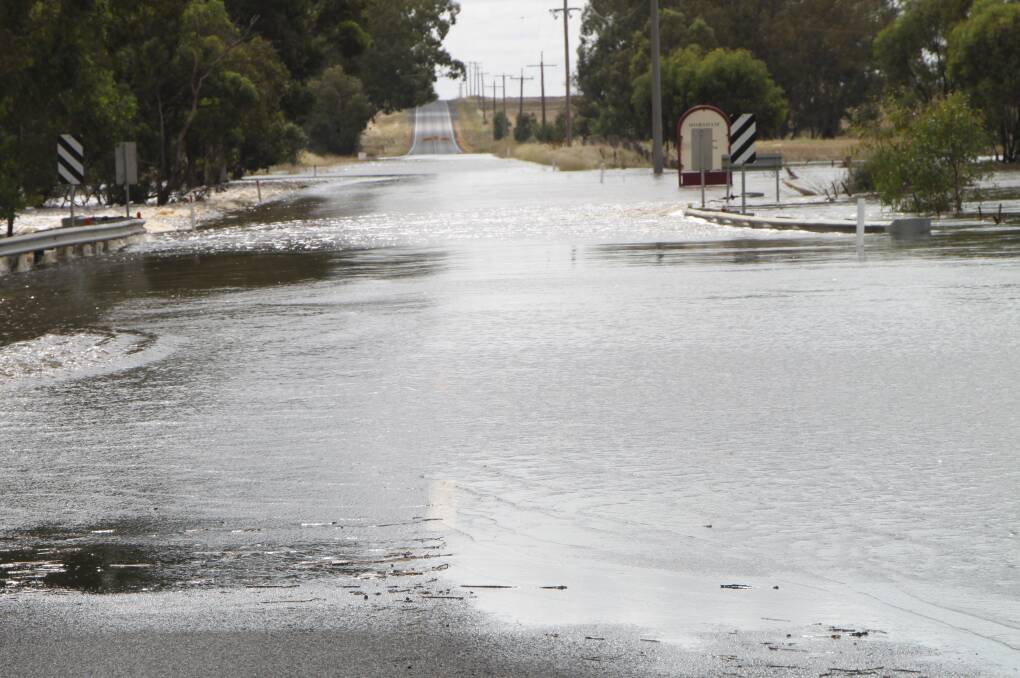
THE CURRENT 2021-22 La Nina weather event is slowing decaying according to Bureau of Meteorology data, however a major US weather forecasting service is not ruling out the development of a third consecutive La Nina later in the year.
The BOM said atmospheric indicators remained above La Nina thresholds but said oceanic indicators were mostly now at neutral levels as the event slowly declines.
Six of seven climate models surveyed by the Bureau indicate a return to neutral El Nino-Southern Oscillation (ENSO)-neither La Nina nor El Nino-during the late southern hemisphere autumn or in early winter.
Only one model continues La Nia conditions through winter.
However, in the US the Climate Prediction Center issued an update earlier in the month saying there was a 59 per cent chance of the La Nina lasting through the northern hemisphere summer (June-August).
It also said there was a slightly above average chance of the event continuing into the Australian spring.
Should this prediction eventuate it would mean three successive La Nina events, a phenomenon that has only happened twice previously since 1950, from 1973-75 and 1998-2000.
While the mid-70s was a very wet period for much of Australia the late 90s was not especially damp in many parts of the country due to the impact of other weather drivers.
There is also chatter about the potential of an Indian Ocean Dipole negative event forming.
The BOM said the IOD, a key driver of weather in Australia from autumn to spring, was neutral, but a Sky News meteorologist has raised the possibility of an IOD negative forming later in the year.
Should both a La Nina and an IOD negative form later in the year it would be only the fourth time in recorded history that Australia has seen both events simultaneously.
Of the previous three years to have the simultaneous weather events, all of them are in the top 10 wettest on record.
In the short-term, the La Nina event, although weakening, continues to assist in plenty of moisture developing over Australia.
There has been record-breaking rain through western Queensland for April and heavy falls have pushed down over western NSW.
In Victoria, the BOM is expecting to issue flood warnings over the weekend as heavy rain makes its way south.
Images showing the Age of Dinosaurs museum in Winton in western Queensland flooded went viral as the town received over 150mm for the week, around four times the entire April average.
Longreach also received close to 150mm, but other western areas, such as Cloncurry and Cunnamulla had far less, with less than 30mm, while Birdsville recorded under 10mm.
In the tropics, the Daintree had over 300mm while Townsville has recorded close to 200mm for the event in an unseasonably late heavy rain event.
Through western NSW, Broken Hill has received over 50mm for the week, taking April totals to 91mm, well above average, while there was 37mm at Ivanhoe for 68mm for the month, constituting a solid autumn break.
On the other coast, parts of WA have enjoyed a near ideal start to the cropping season, with over 100mm for the month at Geraldton and 60mm at Merredin in the wheatbelt.
Further reading:
Have you signed up to The Land's free daily newsletter? Register below to make sure you are up to date with everything that's important to NSW agriculture.


